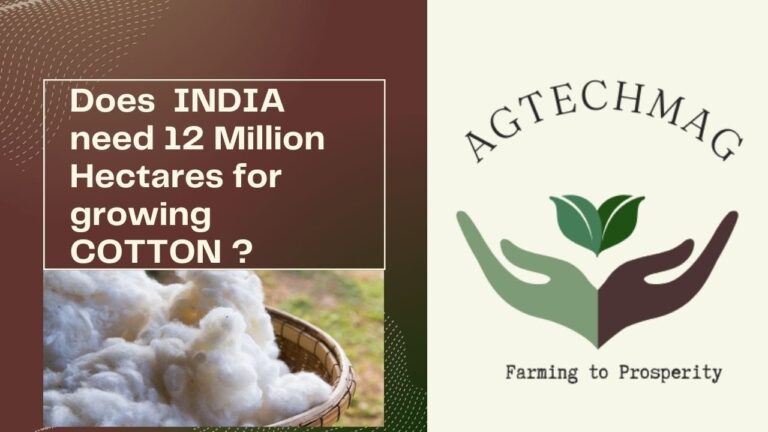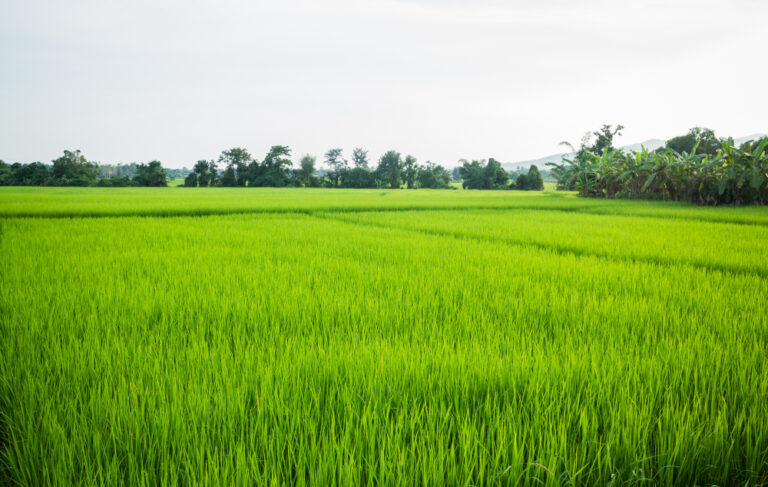In the realm of agricultural innovation, one groundbreaking development is revolutionizing rice cultivation – Direct Sown Rice (DSR) with Herbicide Tolerance (HT) gene. This cutting-edge technology promises to reshape traditional farming practices, offering farmers a sustainable and efficient solution to enhance productivity while minimizing environmental impact. In this blog, we delve into the fascinating world of DSR with HT gene and explore its potential as a game-changer for farmers worldwide.
[ihc-hide-content ihc_mb_type=”block” ihc_mb_who=”” ihc_mb_template=”” ]
“Direct Sown Rice with Herbicide Tolerance gene: Cultivating innovation, conserving resources, and sowing the seeds of a sustainable future.”
The Genesis of DSR with HT Gene:
Traditional rice cultivation involves transplanting seedlings into flooded fields, a labor-intensive and water-consuming process. However, with the advent of DSR, farmers can now directly sow rice seeds into untilled fields, eliminating the need for transplanting and reducing water usage. Furthermore, incorporating the Herbicide Tolerance (HT) gene allows these rice plants to withstand the application of specific herbicides, enabling efficient weed control without harming the crop.
The Boons of DSR with HT Gene for Farmers:
- Increased Efficiency: DSR eliminates the time and labor-intensive process of transplanting seedlings, allowing farmers to save on labor costs and streamline their operations. Moreover, the herbicide-tolerant trait simplifies weed management, reducing the need for manual weeding and herbicide applications.
- Water Conservation: By eliminating the need for continuous flooding, DSR with HT gene significantly reduces water usage in rice cultivation. This water-saving technology is especially crucial in regions facing water scarcity and drought conditions, contributing to sustainable agriculture practices.
- Enhanced Yield and Profitability: With improved weed control and reduced competition for resources, DSR with HT gene has the potential to boost rice yields and farmer incomes. Additionally, the cost savings associated with reduced labor and water usage contribute to enhanced profitability for farmers.
- Environmental Sustainability: DSR with HT gene promotes environmentally friendly farming practices by reducing water consumption, minimizing soil erosion, and decreasing the use of herbicides. By fostering sustainable agriculture, this technology helps mitigate the environmental impact of rice cultivation and preserves natural resources for future generations.
- Adaptability to Climate Change: The resilience of DSR with HT gene enables farmers to adapt to changing climatic conditions, including erratic rainfall patterns and temperature fluctuations. By offering a more flexible and resilient cultivation method, this technology enhances farmers’ ability to cope with climate-related challenges.
Challenges and Considerations:
While DSR with HT gene presents numerous benefits, its adoption also raises certain considerations and challenges. These include potential herbicide resistance development in weeds, the need for proper stewardship practices to prevent gene flow to wild relatives, and ensuring equitable access to technology for smallholder farmers.
Looking Ahead:
As agriculture continues to evolve in response to global challenges such as population growth, food security, and environmental sustainability, innovations like DSR with HT gene hold immense promise for the future of farming. By embracing cutting-edge technologies and sustainable practices, farmers can unlock new opportunities for productivity, profitability, and resilience in a rapidly changing world.
In conclusion, Direct Sown Rice (DSR) with Herbicide Tolerance (HT) gene represents a paradigm shift in rice cultivation, offering farmers a sustainable and efficient alternative to traditional transplanting methods. With its potential to enhance efficiency, conserve water, increase yields, and promote environmental sustainability, DSR with HT gene emerges as a true boon for farmers worldwide. By harnessing the power of innovation, we can pave the way for a brighter and more sustainable future for agriculture and food production.
[/ihc-hide-content]




